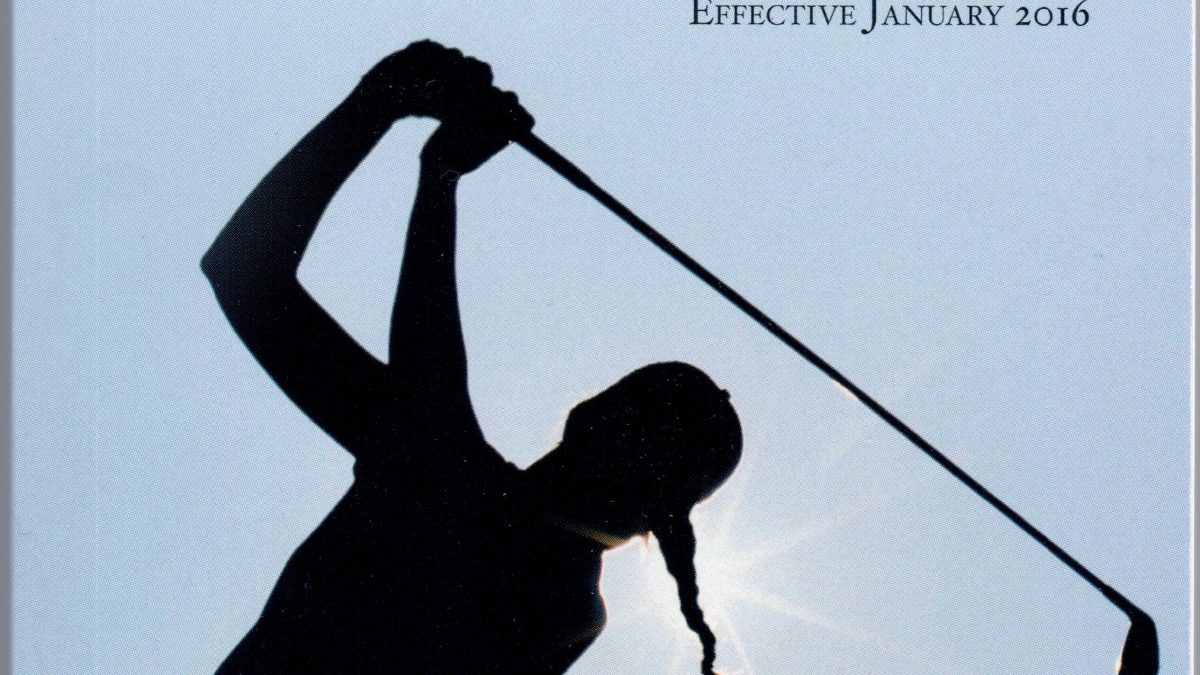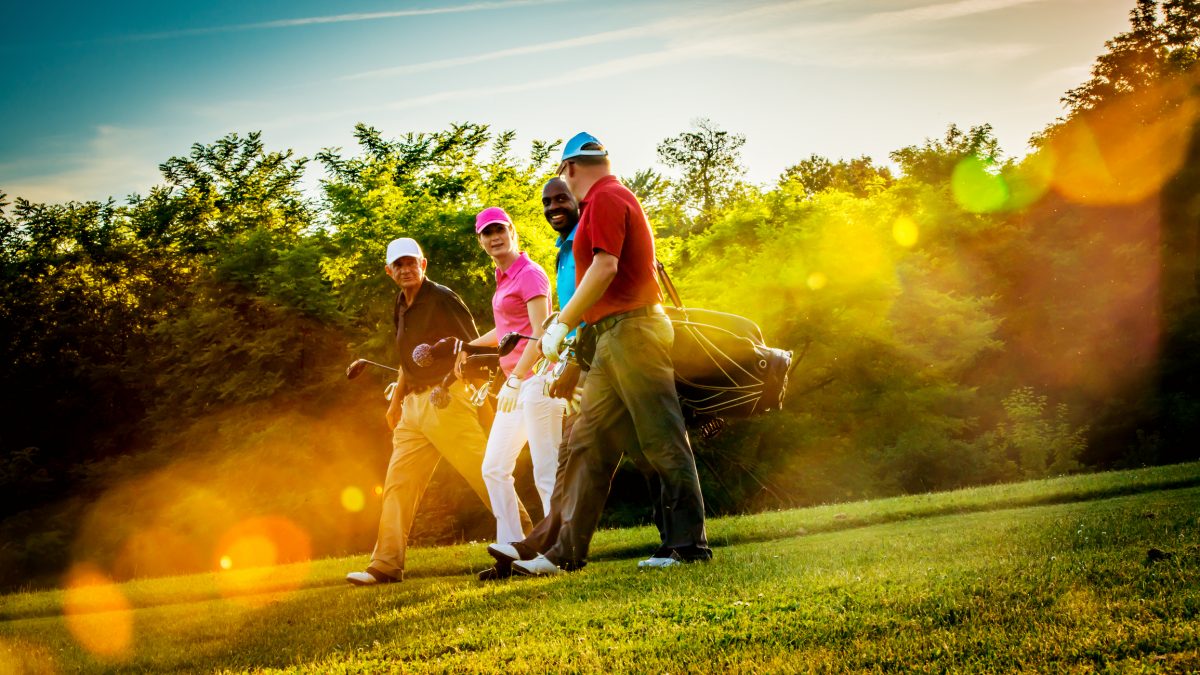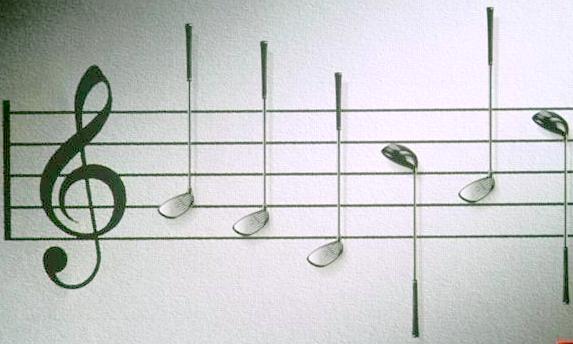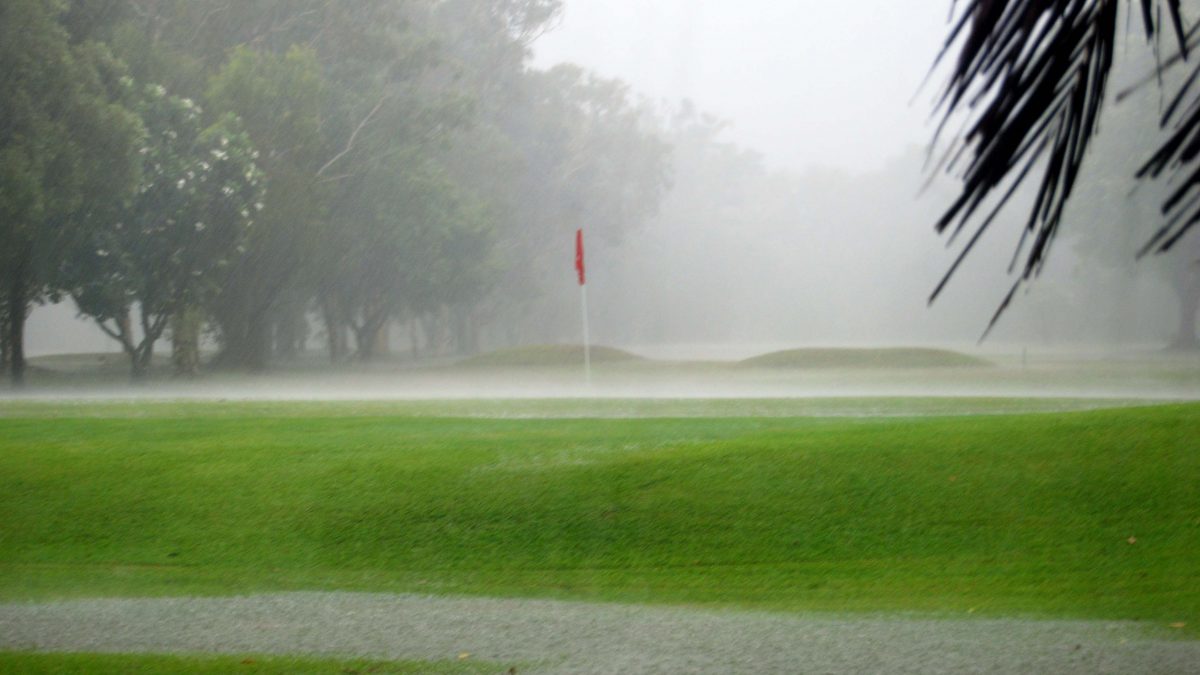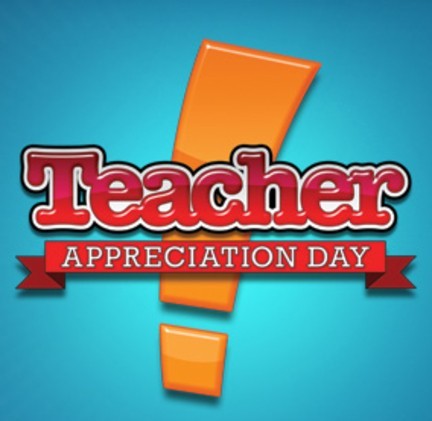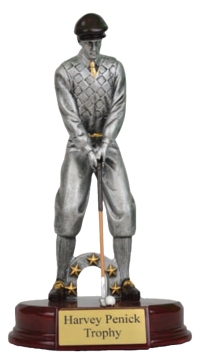Blog
Does Golf Need A Shot Clock?
I love watching the European Tour. They are not afraid to try different things. A few weeks ago, I turned on the Austrian Open on Golf Channel one morning and as I watched a player get ready to hit a shot, a clock was ticking down on the television screen. Oh yeah, I remembered this was the tournament where a shot clock was introduced.
Each player had 40 seconds to play a shot or incur a penalty of one shot. Players were also allowed to call a timeout twice per round, giving them twice the allotted time to put the ball in play. It was fantastic, and the action was nonstop. No incessant watching a player spend several minutes preparing to hit a shot he practices about every day of his life. Two fellows taking five and a half hours to play 18 holes is ridiculous regardless of how much money is at stake.
Slow play on the professional tours is a common complaint. Maybe some drastic measures need to be taken. A look at the results of this experiment might surprise some. Round times were down significantly. Threesomes were playing in under four hours. Guess what else? Average scores were better. The winner was 16 under par. Not shocking to me. I know that when I just get up and hit the ball without much thought, I almost always hit it better. The more time, the more negative thoughts have a way of creeping in and the more anxiety. I’d like to see this tried on all tours. Maybe not for the majors, but at a routine stop, it just might make for a more interesting event.
Music…Good Or Bad For Golf?
At this year’s Zurich Championship, the two-man teams started their match by walking out to the first tee accompanied by the music of their choice. Some players went for old-school rock music, while others selected today’s Top 40 hits. Most reactions were extremely positive. Players liked it; fans liked it. Is this a trend that will continue?
About four years ago, I remember hearing music for the first time on the golf course. A member added speakers to his personal golf cart. At first I was not a fan at all. It bothered me for some reason; maybe it was his choice of music! Now on a Saturday at our club, almost every group has music playing, either through small speakers or installed on a personal golf cart.
This is a trend, I think, that is here to stay. Many tour players warm up with earbuds in while listening to music. Other amateurs want to relax and enjoy their round, adding music to the ambiance. More often than not, new golf carts almost always include built-in speakers and USB jacks.
As with anything, music on the course can be abused. I hope players don’t add extremely loud speakers that can be heard from one end of the course to the other. It is also important that music lovers are respectful of other athletes who do not like distractions during their round. As golf morphs to appeal to younger generations, music will be part of the experience.
Be Prepared, No Matter The Forecast!
Last weekend, I attended the USGTF Southwest Region Championship hosted at Ridgeview Ranch Golf Club in Plano, Texas. The two-day event was held over the weekend. I left Kansas on Thursday afternoon, and prior to packing I looked at the forecast, which called for temperatures in the low 90s and ZERO chance of rain!
Saturday’s forecast was spot-on, hot and windy. While at dinner that evening, afternoon showers were added to the weather report; no big deal for our event, since we were teeing off in the morning. Sunday morning, I woke up to the sound of rain outside my hotel window. A few afternoon showers had turned into rain all day.
As you can guess, I didn’t come prepared. When I packed my car in Kansas, I removed my umbrella, extra towels, weather-proof pullover and bucket hat out of my golf bag. Why? I really don’t know. I assumed that the weather wouldn’t change that much in a few days! So when tournament director Bruce Sims said it was time to play, in the rain, I went into panic mode.
Fortunately for me, a few of my fellow playing competitors had some items I could borrow. I procured rain pants, a jacket and a few towels. Teeing off without being prepared for the weather was a horrible feeling. I was nervous about keeping my grips dry; I was a mess. It rained for the next few hours until the storms turned into a pretty nice afternoon.
On the drive back home, I laughed at myself. If this had happened to one of my students, they would have gotten a lecture! I would have told them that they need to be prepared for any type of inclement weather and that it’s better to have too much than not enough. It doesn’t matter how long you’ve been playing the game. Sometimes we are reminded of the basics, like being prepared, the hard way!

